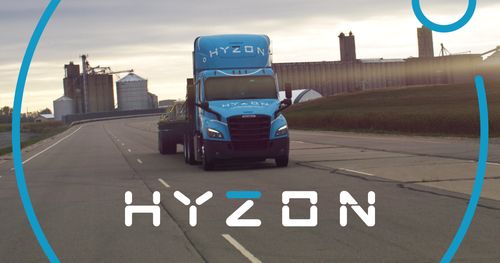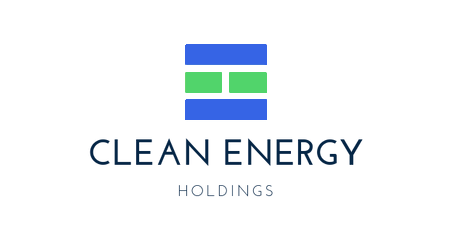SorbiForce, an Arizona-based battery storage technology firm, is raising $4.7m in seed funding with ambitions to find strategic investors for larger fundraising efforts in the next year, CEO Serhii Kaminskyi said in an interview.
The company, which was founded in western Ukraine and still has R&D operations there, aims to finish the seed round in five months, Kaminskyi said. Currently the US operations are housed at the University of Arizona Center for Innovation.
The batteries the company designs use little metal compared to other battery pack systems, instead using organic matter that can ultimately be biodegraded. The packs are filled with “ultra porous carbon materials” capable of storing up to 0.7 MWh.
SorbiForce is assisted by Orrick, Herrington & Sutcliff and Squire Patton Boggs as legal counsels, Kaminskyi said.
The seed round is for a 1 MW pilot project near Tucson, Arizona. That project has offtake contracted with Tucson Electric Power, Kaminskyi said. The B2B business model will be to sell batteries to customers in power generation, industrials, municipalities, and EV charging.
Kaminskyi, speaking from southern Italy, said the company is testing batteries in that country and has had discussions with offtakers in Germany, including automakers. The company has signed an agreement with a European energy company, he said, declining to name which.
The early-stage company is too-early for many financial investors, Kaminskyi said, and is looking for institutional investors with downstream need for battery storage.
“We’ve already received money from customers,” Kaminskyi said.
Russia’s invasion of Ukraine has put strain on the company, particularly concerning the families of the company’s founding employees, Kaminskyi said. The facilities in Ukraine are safe, but he is in process of moving those facilities to Arizona.
Kaminskyi owns 56% of the company, with additional equity held by the founding scientific team and US employees, he said.






